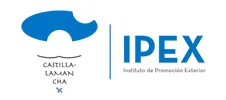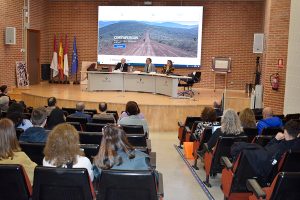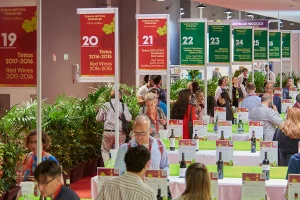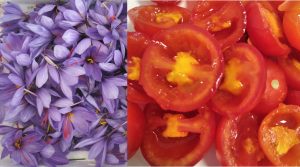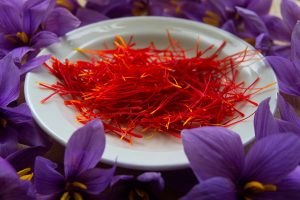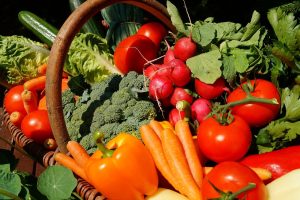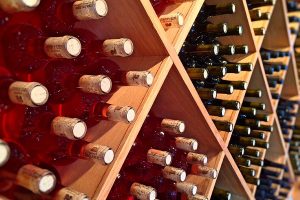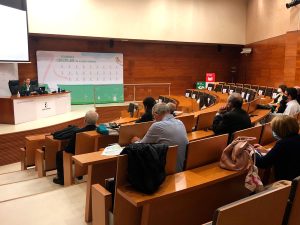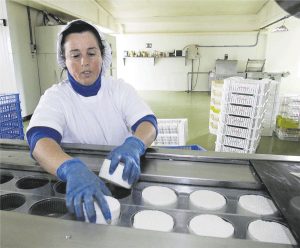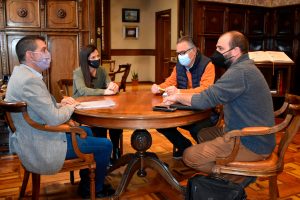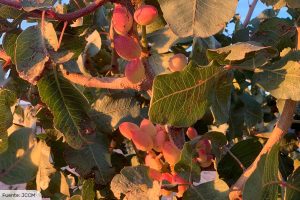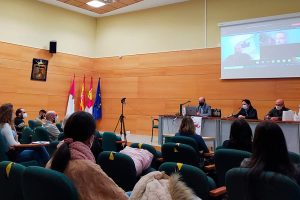
2021 began with heavy snowfalls and extreme frosts that, from the Provincial Technical Agronomic Institute (ITAP) of the Albacete Council, have had an exhaustive analysis based on similar previous experiences and data extracted from the network of agroclimatic stations of the Integral Service of Advice to the Irrigator of C-LM
In general terms, snow is a well-received meteorological phenomenon in the agricultural field due to the contribution it makes to the recharge of water reserves. Moderate frosts (and, in general, cold temperatures) are necessary so that crops such as almonds can continue to maintain their dormant period. On the other hand, mild winters cause early flowering, which increases exposure to spring frosts: hence, for this time of year, moderate cold is desirable.
However, from the Provincial Technical Agronomic Institute (ITAP) it is highlighted that, when snowfalls reach great intensity (and are accompanied by a drastic drop in temperature), the effect on crops can be very detrimental, as has been experienced in many areas of the province of Albacete that have exceeded half a meter of snow (and that, after that, saw temperatures drop even to negative 19/20ºC in various points).
The presence of snow, key in frost
Studying the thermal evolution in three different towns in the province (Ontur, Albacete and La Gineta), the data extracted from the network of agroclimatic stations of the Comprehensive Irrigation Advisory Service of C-LM show very interesting situations.
For example, the absolute minimum temperature (-19ºC) was that registered in La Gineta on January 12, a day that, on average, stood at -11ºC (also reaching similar levels in Albacete). On the other hand, in Ontur, that same day an absolute minimum of -3,4ºC was observed, which shows the contrast in temperatures between an area like that (where there was hardly any snow on that specific date) with respect to others in which there was plenty of snow (as was the case in Albacete and La Gineta and where, in addition, the absolute maximum temperatures were also very low).
In addition, the figures show that this extreme frost on January 12 was not an isolated event, but was part of a period of very low absolute minimum temperatures in both areas; a situation that did not occur in the Ontur area either (in whose woody crops it is to be expected that, therefore, there will be no regrettable damage).
Regarding the possible incidence that the storm suffered will have on woody crops, ITAP professionals indicate that it is still early to be able to rigorously assess the damage caused by the extreme frosts that followed the snowfall. Due to their experience of similar stages in previous years (for example, those suffered at the end of January 2006, with records similar to those reached this year), they do advance that "the damage is there, although we will have to wait for it to normalize." the time to glimpse its real size”.
Many factors to take into account
Based on the fact that to cover the scope of the incidence, it must focus on two aspects: on the one hand, referring to damage to budding production (in crops such as almond trees) or ongoing (for example, the olive tree) ; and, on the other hand, noting the damage that it can produce to the tree itself (and that it would affect not the harvest this season, but the future viability of the plantation), they do warn that "a great disparity in the evolution of of the crops, since there are many determining factors (such as the microclimate of a plantation, the nutritional status of the plant, the phenological state, the type of pruning and the age of the plantation, among others)”.
Thus, they remember that after that very intense frost on January 29, 2006, the olive trees were greatly affected. As for the almond tree, at the moment the flower buds are in winter rest (although in the early flowering varieties, such as the Marcona, there are already buds at the beginning of the swelling). In this type of buds, from the ITAP they remember that intense damages were appreciated at that moment in 2006 and, with regard to the present after the recent frosts, they indicate that an abnormal bud fall is observed (depending on the area and phenological state of the bud), although they affirm that "it is still early to know if there have been damaged buds" and that it is necessary to be vigilant of this possibility.
Regarding the pistachio tree, from the Institute they advance that "damage to adult trees is not expected, although young plantations (where the branches are not very lignified), it is possible that they will be affected by freezing." In addition, they point out that hunting damage is also being observed in young plantations, exacerbated by the scarcity of food caused by snow: the protector used against rabbits loses effectiveness (since the thickness of the snow makes the rabbits rabbits can reach the pistachio buds that emerge on it).
Finally, from the ITAP it is advanced that the vine is another crop that can be affected by extreme frosts (above all, young vines with slightly hardened branches) and that, in the case of walnut, no damage has been observed when the Winter frosts occur during the vegetative stoppage and in adult trees.






